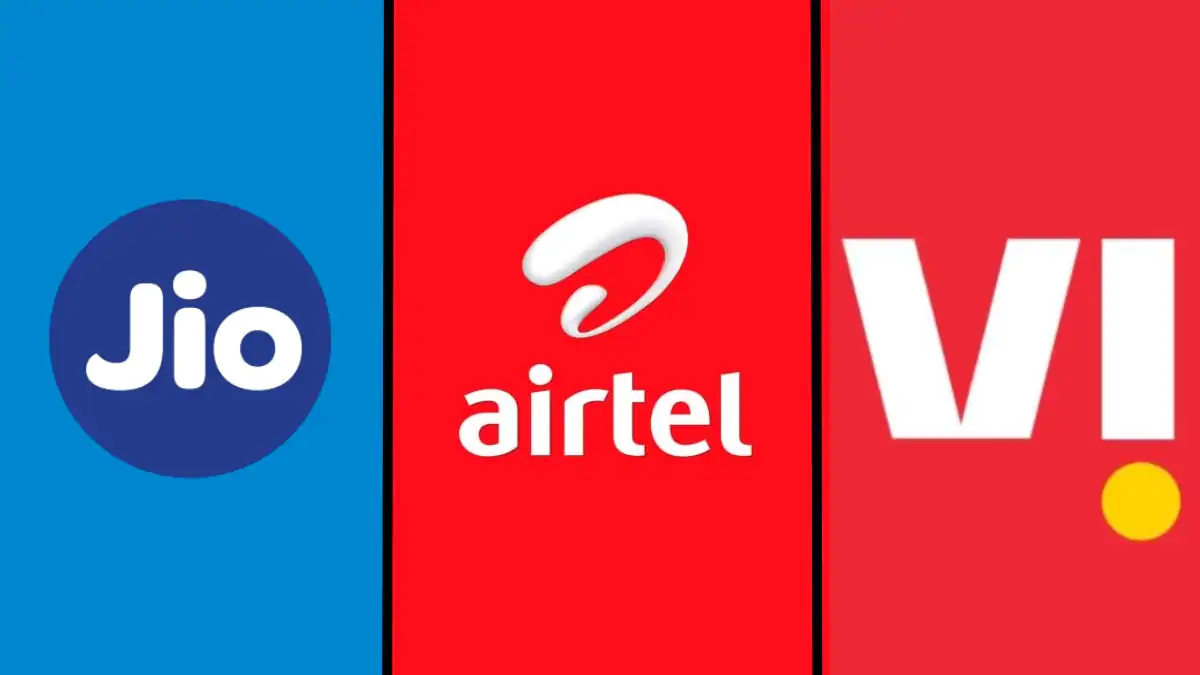In the vast tapestry of India’s socio-economic landscape, one of the most transformative developments of the past decade has been the rise of smaller towns, often referred to as “Tier-2” and “Tier-3” cities. These towns, once relegated to the periphery of India’s growth story, have emerged as vibrant hubs of economic activity, innovation, and cultural dynamism. A key driver behind this transformation has been the availability of cheap data services, which have democratized information, education, and entrepreneurship like never before.
The Proliferation of Affordable Data
India’s journey into the digital age began in the early 2000s with the introduction of mobile phones. However, it was the data revolution in the mid-2010s that truly catapulted the country into a new era. The rapid expansion of 4G networks and the fierce competition among telecom giants led to plummeting data prices. Today, India boasts some of the world’s cheapest data plans, with tariffs often as low as a fraction of a dollar for gigabytes of high-speed internet access.
This proliferation of affordable data services has been a game-changer, particularly in smaller towns and rural areas where access to information and resources was historically limited. Let’s delve into how this trend has reshaped the socio-economic landscape of India’s smaller towns.
1. Education Reimagined
Access to quality education has long been a challenge in smaller towns. Many bright young minds from these regions were constrained by a lack of resources and opportunities. With affordable data, online education platforms have become accessible to a wide demographic. E-learning platforms like Khan Academy, Coursera, and Unacademy have bridged the educational gap, enabling students to access world-class content and even earn degrees online.
Moreover, the internet has democratized exam preparation, allowing aspirants from smaller towns to compete on a level playing field with their urban counterparts. This has led to a surge in success stories of students from remote areas cracking prestigious national and international exams.
2. Entrepreneurship and Digital Economies
Smaller towns are no longer distant backwaters in the world of business. Access to cheap data has opened up avenues for entrepreneurship that were once unimaginable. Digital businesses, e-commerce startups, and online marketplaces have proliferated, giving rise to a new generation of entrepreneurs hailing from small towns.
Platforms like Flipkart, Snapdeal, and Paytm have enabled businesses in these towns to reach a national customer base without the need for a physical presence in metropolitan cities. This has not only created employment opportunities but has also infused fresh energy and innovation into the Indian business landscape.
3. Government Initiatives and Financial Inclusion
The government of India has been quick to recognize the transformative potential of affordable data. Initiatives like Digital India and Jan Dhan Yojana have harnessed the power of the Internet to provide government services and financial inclusion to the farthest corners of the country.
With the aid of cheap data, citizens can access information about government schemes, apply for subsidies, and even receive direct benefit transfers, reducing corruption and inefficiency. Financial inclusion, driven by the proliferation of mobile banking and digital wallets, has empowered citizens in small towns to participate in the formal economy.
4. Rural Healthcare and Telemedicine
Access to healthcare has always been a challenge in rural and small-town India. Affordable data has brought telemedicine to the doorstep of millions. Patients in remote areas can now consult with specialists and receive medical advice through video calls and digital prescriptions.
Furthermore, data-driven healthcare initiatives have improved the efficiency of healthcare delivery and enabled the tracking of disease outbreaks, leading to better public health outcomes.
5. Cultural Exchange and Expression
The internet has not only transformed the socio-economic aspects of smaller towns but also catalyzed a cultural revolution. Young artists, writers, musicians, and content creators from small towns are now sharing their work with global audiences through platforms like YouTube, Instagram, and TikTok.
This cultural exchange has not only enriched India’s cultural diversity but has also created new avenues for economic growth. These content creators often collaborate with brands, attend events, and monetize their creativity, proving that talent knows no geographical boundaries.
Challenges and Concerns
While the rise of smaller towns in India due to cheap data is undoubtedly a positive development, it comes with its share of challenges and concerns.
1. Digital Divide: Despite affordable data, there remains a significant digital divide in India, with many rural areas still lacking access to the internet. Bridging this gap remains a priority to ensure inclusive growth.
2. Privacy and Security: As more personal data goes online, concerns about privacy and data security have grown. Effective regulations and awareness campaigns are essential to protect citizens in the digital age.
3. Digital Literacy: While access to information is crucial, digital literacy is equally important. Efforts to educate citizens about the responsible use of the Internet are necessary to maximize its benefits.
The rise of smaller towns in India, fueled by affordable data, is a remarkable chapter in the nation’s ongoing development story. It has unleashed the latent potential of millions, democratized access to education and information, and driven entrepreneurship and innovation to the heart of India.
However, to sustain this positive momentum and ensure that no one is left behind, it is imperative to address the digital divide, enhance cybersecurity measures, and promote digital literacy. With concerted efforts from the government, private sector, and civil society, India’s smaller towns can continue to rise as beacons of progress in the digital age.



